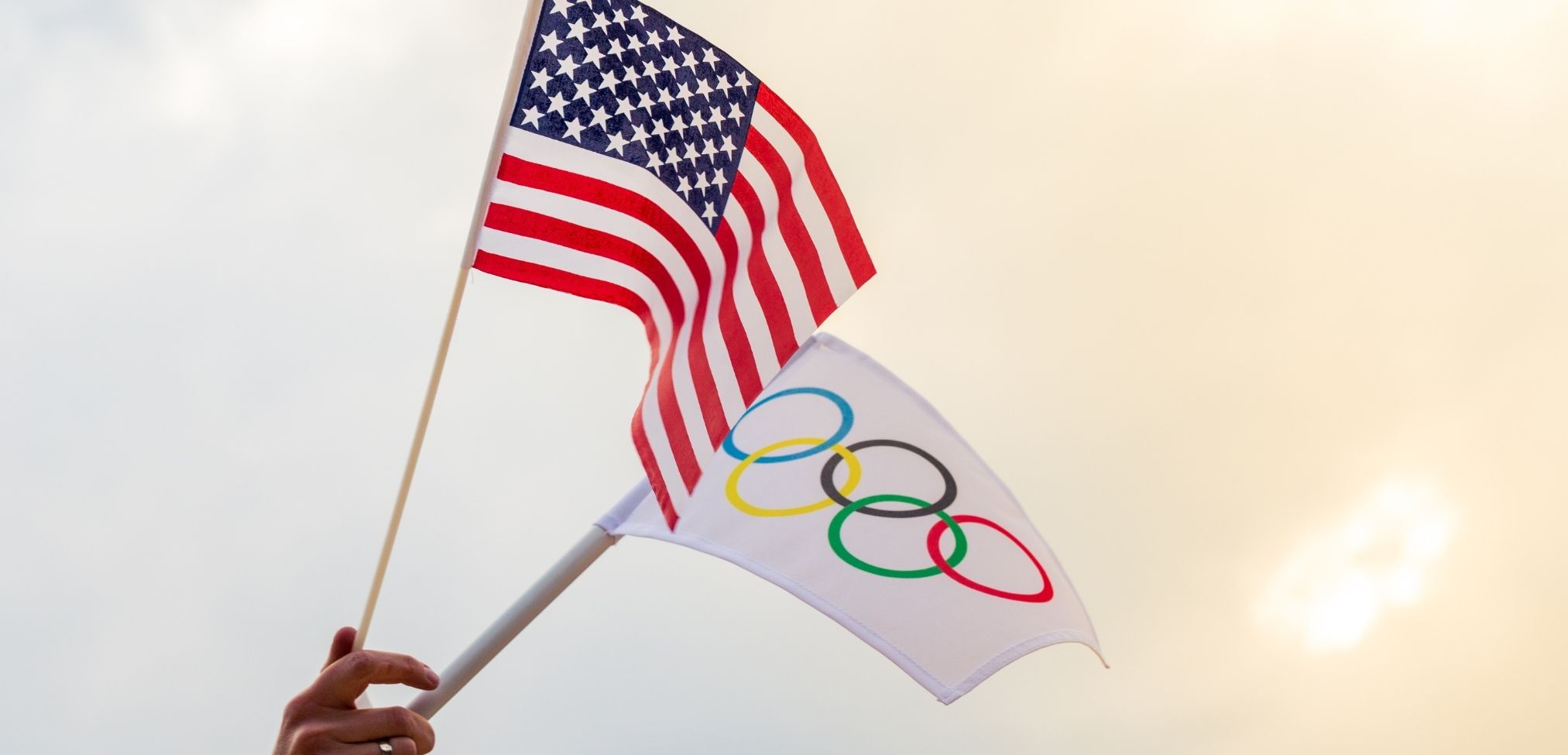Marketers have long organized ad campaigns around tentpole events. The process starts with dedicating investment around the key broadcast dates of the event and then locking down seemingly essential digital extensions. The rest of the picture gets filled in from there. The left budget goes to sustain or ‘maintain a halo effect’ from the tentpole sponsorship.
After a 2020 COVID and election year, many marketers reverted to a pre COVID blueprint—more distinct planning cycles with less focus on Always On.
Two thousand twenty-one tentpole events aimed to rebound from 2020 viewership declines, but it didn’t quite work out that way. Considering the slow downturn of these events even before the lockdown and the shifting of viewing behavior, marketers’ can plan for how Always-on and Pulse advertising can work together despite uncertainties.
Digital viewing growth: Silver lining in 2021 tentpole events
The recent pandemic is not the culprit of viewership drop. It’s been slipping pre-lockdown, and different factors have contributed to its rapid decline.
Related: 3 Reasons Why Always-On Video Advertising Strategy Fits Well in Alcohol Brands
Here’s how the numbers look like from this year’s major events:
- Summer Olympics – The last 2016 Olympics recorded an average US 27.5 million per night viewership. This year, CNBC recorded an average of 15 million throughout the two-week sporting event. Like the 2021 Summer Olympics, the 2018 Winter Olympics experienced a 17 percent fall. Viewership slippage will likely continue with the current news surrounding the 2022 Beijing Winter Olympics.
- Superbowl LV – 2020’s game had 100 million TV viewers. The 2021 game slid to 91 million viewers, down by 9 percent. Back in the 2017 Superbowl, 111 million viewers watch the main event.
- Grammy awards – The award ceremony took a massive plunge in viewership, 51 percent, from 18 million last year to 8.8 million TV watchers. The annual music awards has not recovered since 2017, having an impressive 26 million viewers during that period.
- Oscar awards – Like the Grammys, the movie award ceremony saw the smallest audience viewership in its history. The 2021 event set a new record low with 10.4 million from 23.6 million, resulting in a 56 percent drop. During the 2017 Oscars, almost 33 million viewers watched the award show.
So what can advertisers look forward to in 2022 — the rise of digital fanship. There is still massive interest and engagement for the Olympics – above and beyond the two weeks. Of course, NBC’s streaming platforms saw significant increases in viewing. So did other public forums like YouTube channels, TikTok handles dedicated to the athletes and sports. There are many ways in open auction media for brands interested in the Olympics’ content to take advantage and find the balance of running pulsed or seasonal advertising vs. evergreen or always-on campaigns.
Should marketers focus on Always-on or Pulse advertising?
Related: 3 Reasons Why Always-On Video Advertising Strategy Fits Well in Alcohol Brands
Tentpole contextual relevance can be very similar to seasonal marketing. Brands focus on a shorter period and promote where most customers’ eyes are looking. Back to school, Valentine’s Day, Olympics, and other seasonal events. On the other hand, Always-on advertising creates longer-term benefits and is more cost-efficient than pulse advertising.
Let us look at the chart to understand further the benefits and values of the two types of campaigns. This proprietary Strike data shows the distribution of ad budgets between pulsed and always-on advertising campaigns.
Based on Strike data, pulsed campaigns were ⅔ of ad spend. TeleCom, Quick Service Restaurants, Pets, and Animal Care (CPG) lead the most ad budget allotted to Always-on campaigns.
Entertainment, Gaming, and Fashion brands allocated 85%+ of ad budgets to pulsed advertising. Pulsed advertisings tend to have distinct budgets and can lose efficiencies from one campaign to the next.
Every campaign is a new set-up and begins anew in the platforms. Clients can use new and fresh ads and pulse those into an Always-On campaign.
No matter what season, advertising should avoid lulls
Staying agile and understanding the ad objectives are vital to finding the right balance when running Pulse or Always-on advertising campaigns. One major challenge that seasonal or tentpole advertising experiences are the events’ uncertainties.
The marketing effort will never fall short, but it is challenging to guarantee an outcome where many variables impact the event. Our team has experienced businesses forced to hastily move ad budgets because of poor viewership, making campaigns less efficient and costly.
Putting more value and focusing on Always-On campaigns help alleviate the risk of the consumers’ behavior reaction when unexpected circumstances emerge, similar to the new Covid variant and the U.S. Government pulling out of the upcoming Winter Olympics.
To help you decide between Pulse and the Always-on ad campaign, reach out to us on our Linkedin Page.








